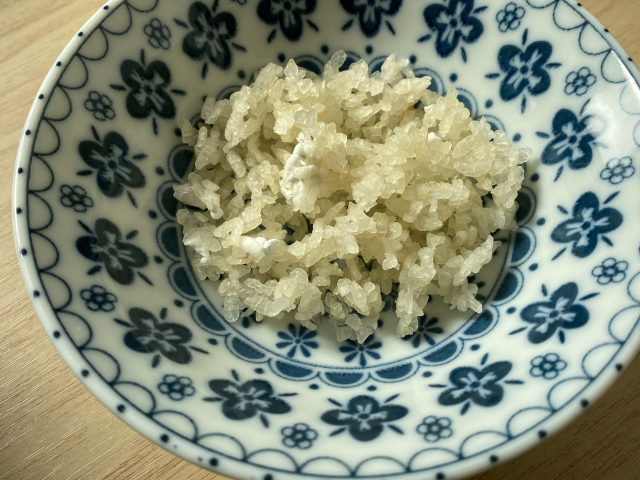
A recipe two years in the making.
It was the year 2017; a plucky yet inexperienced Donald Trump had been sworn in as the President of the USA, the United Kingdom decided the EU was one union too many and initiated Brexit negotiations, and Kim Jong-un was feeling extra ornery, flinging missiles all around Japan like a knife thrower at the circus.
It was all enough to inspire our writer Meg Sawai to look into emergency food rationing techniques and as a result came across the ancient Japanese food once known as hoshi or kareii. These names literally translate into “dried rice” and were the precursors to modern instant rice.
Even better, during times when it was used by traveling poets, ninja, and samurai who knew nothing of refrigeration, it was purported to have a shelf-life of 20 years. Wanting to know if this was true firsthand, Meg set out to make and then store this curious foodstuff.
The recipe was all too easy. First, she cooked rice as one normally would.
Then, she washed the cooked rice to get all the sticky residue off of it.
Next, she spread it out onto a baking tray, popped it into an unpreheated oven, and let it bake at 100 to 110 degrees Celsius (212 to 230 degrees Fahrenheit) for an hour and a half.
While cooking, Meg decided to do a little light reading and thumbed through the legal code of Japan during the Asuka period (circa 7th century AD). Sure enough, it stated even way back then that while the legal storage periods for most grains ranged from two to nine years, hoshi was able to have been stored for up to two decades.
When the timer sounded, Meg pulled out the dried rice which looked about as expected.
As a trial, she rehydrated a small amount and found that it easily became a moist spoonful of rice once again after about 30 minutes.
The rest was put into baggies for twenty years of storage.
▼ November, 2017
Jumping ahead to the year 2020, Meg was at home watching the news. President Donald Trump defied impeachment and was seeking re-election, Brexit had just been finalized, and Kim Jong-un unleashed a fresh new wave of missiles. While it was mostly business as usual, the addition of a deadly global pandemic made her thoughts turn to that baggie of homemade instant rice in her cupboard.
Two years and four months was only about a tenth of the way to her goal of twenty-year storage, but it made for a nice checkpoint to see how the stuff was faring. She took a small amount from the bag and placed it in a bowl.
▼ March, 2020
Then she added some hot water…
…and let it sit for about half an hour.
Amazingly, even after all that time, the result looked just like a regular bowl of rice!
The taste wasn’t quite on par with freshly cooked rice of course, but it wasn’t bad either.
It could be used just like regular rice too, cooked into a risotto or soup or just lightly seasoned and served.
Meg even waited an extra hour to see if it had any adverse reaction like drying up, melting down, or growing arms and legs…
…But nothing happened. It stayed just as white and fluffy.
So now, we have successfully confirmed that hoshi lasts a solid two years. Even if it doesn’t go the full 20, two years and change for such an easy-to-make-store-and-prepare natural food is still pretty remarkable.
We’ll keep you posted in future years to see how well this traditional food continues to hold up right to the end, which will be about the same time as our feature on the pole dancing 63-year-old, Mr. Sato.
Photos ©SoraNews24
● Want to hear about SoraNews24’s latest articles as soon as they’re published? Follow us on Facebook and Twitter!
[ Read in Japanese ]

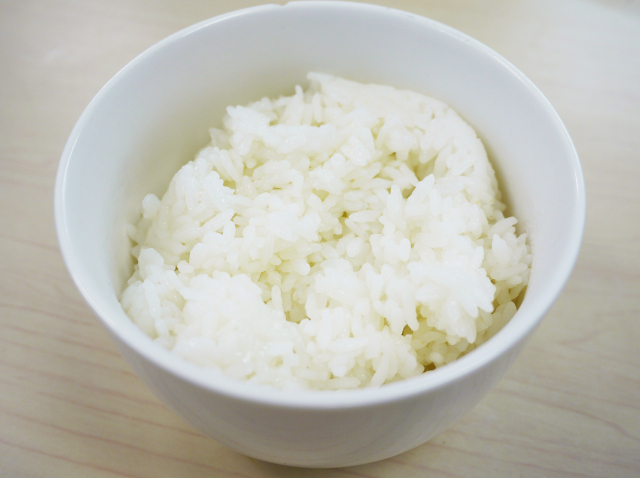
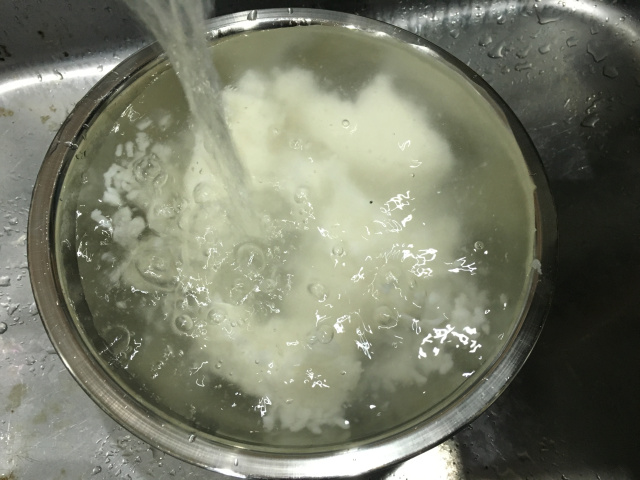
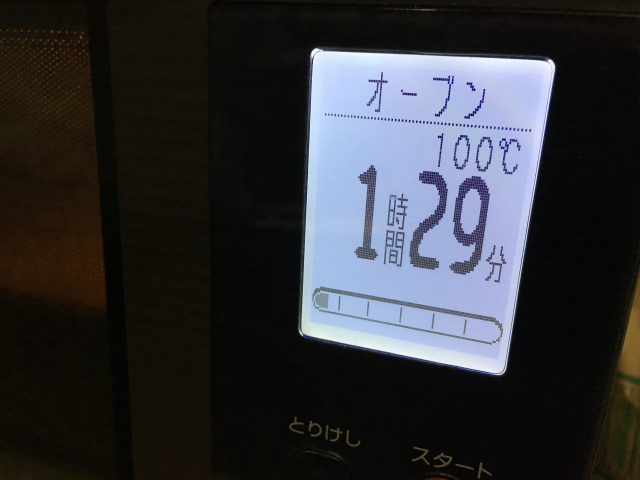
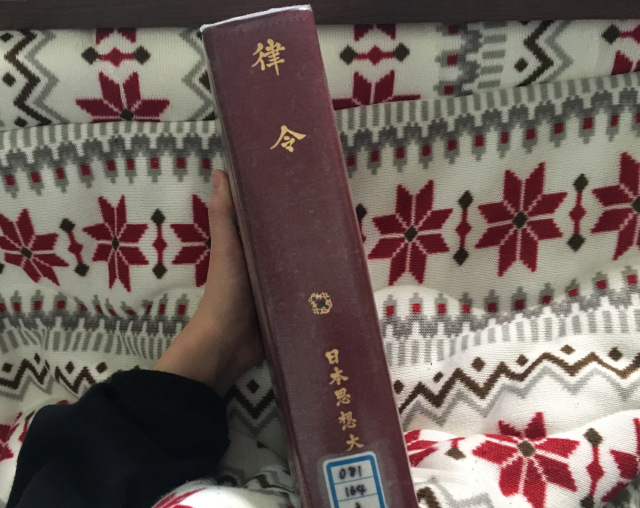
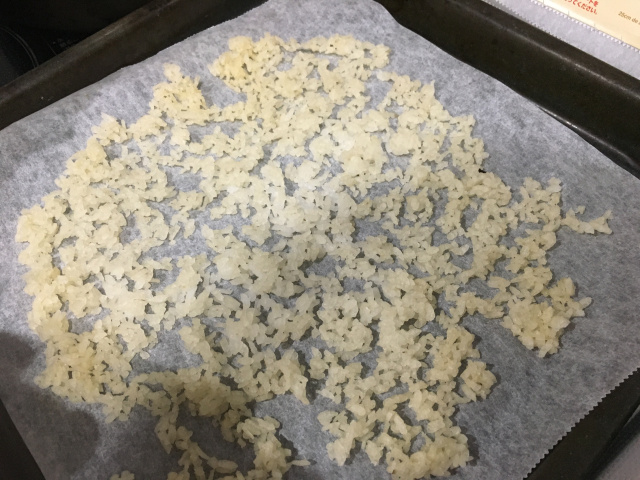

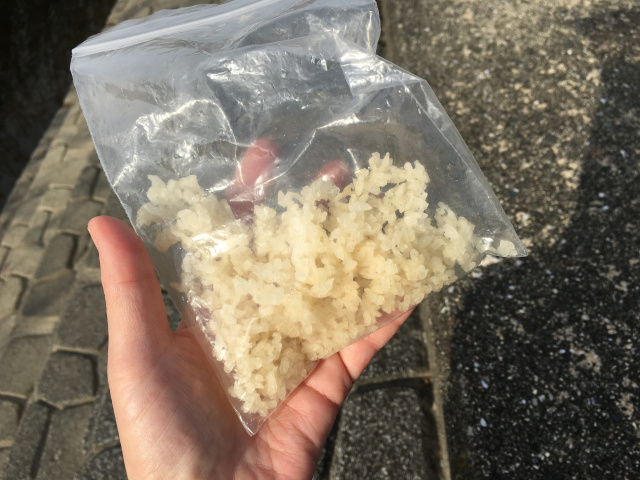
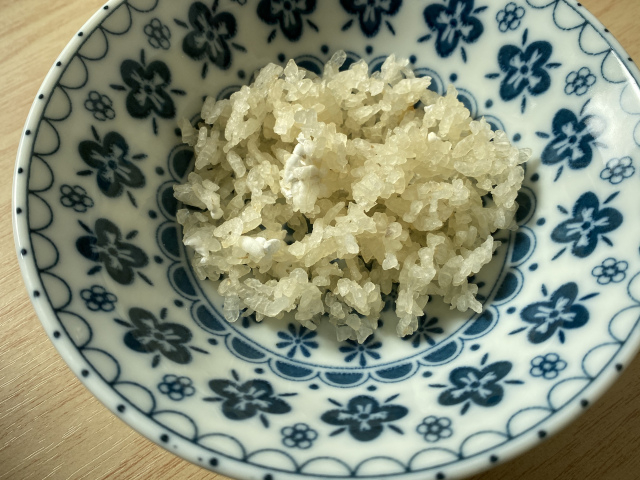
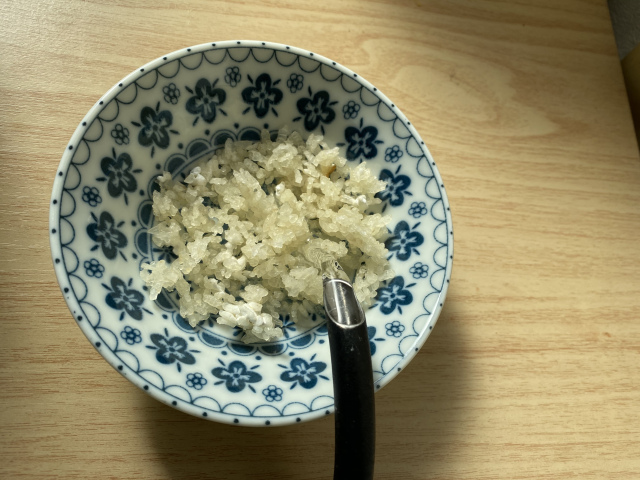
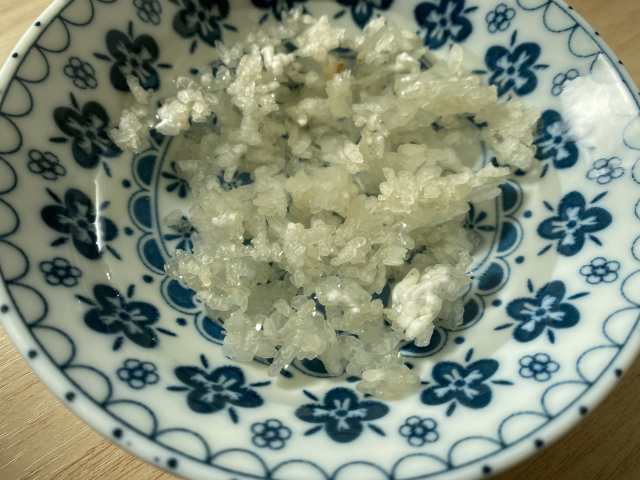
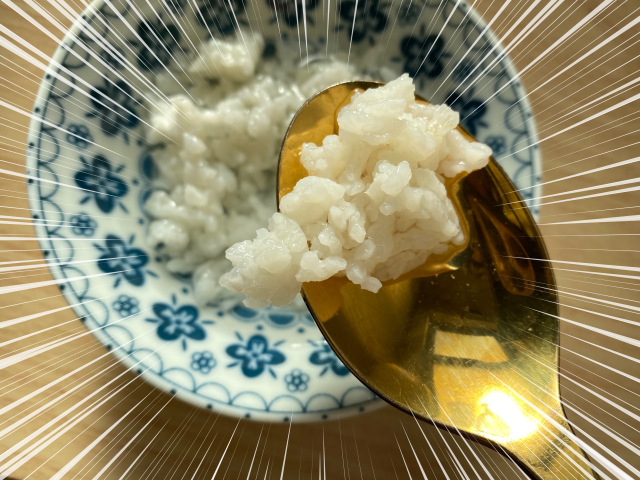
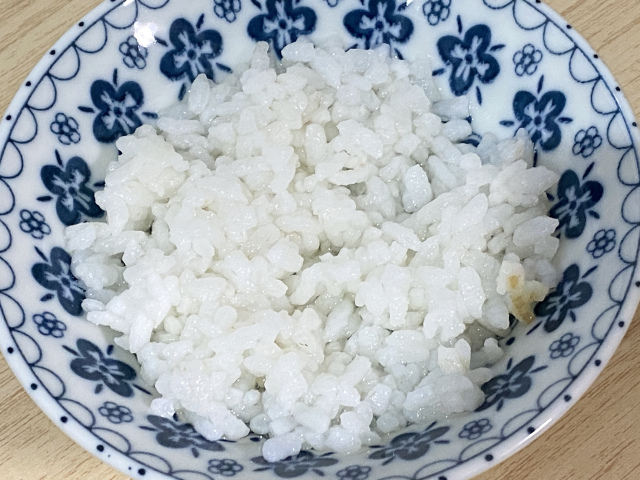
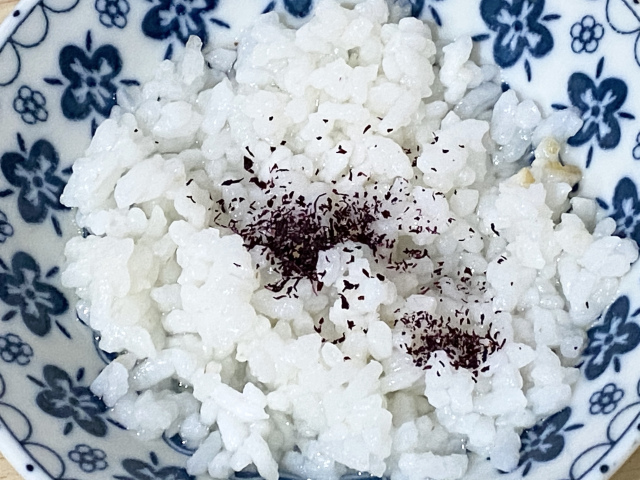
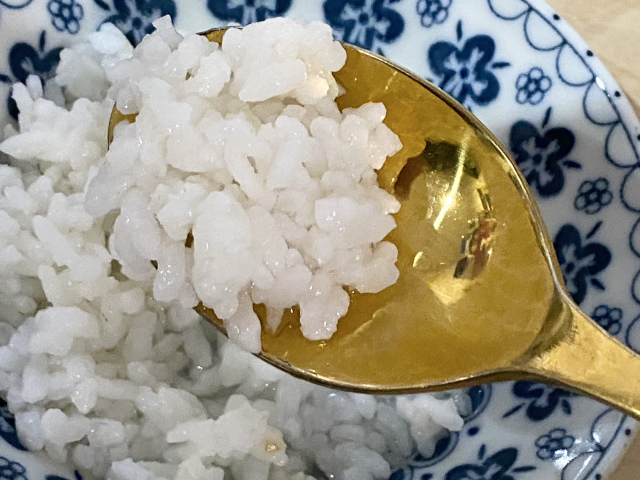
 Official Sailor Jupiter bento boxed lunches being served now at Tokyo anime-themed cafe 【Photos】
Official Sailor Jupiter bento boxed lunches being served now at Tokyo anime-themed cafe 【Photos】 The gyudon beef bowl that cooks itself in a box like magic
The gyudon beef bowl that cooks itself in a box like magic We try out “instant rice balls”, prepared with water, to see if they’re actually tasty
We try out “instant rice balls”, prepared with water, to see if they’re actually tasty We tried making natto the old-fashioned way, and the result was unexpected but delicious 【SoraKitchen】
We tried making natto the old-fashioned way, and the result was unexpected but delicious 【SoraKitchen】 The power of fast food: Supreme Leader Kim Jong-un wants McDonald’s to invest in North Korea
The power of fast food: Supreme Leader Kim Jong-un wants McDonald’s to invest in North Korea Foreigner’s request for help in Tokyo makes us sad for the state of society
Foreigner’s request for help in Tokyo makes us sad for the state of society Japanese city loses residents’ personal data, which was on paper being transported on a windy day
Japanese city loses residents’ personal data, which was on paper being transported on a windy day Should you add tartar sauce to Japanese curry rice? CoCo Ichi makes diners an unusual offer
Should you add tartar sauce to Japanese curry rice? CoCo Ichi makes diners an unusual offer Seaside scenery, history, and so many desserts on Yokohama’s Akai Kutsu【Japan Loop Buses】
Seaside scenery, history, and so many desserts on Yokohama’s Akai Kutsu【Japan Loop Buses】 Ghibli Park now selling “Grilled Frogs” from food cart in Valley of Witches
Ghibli Park now selling “Grilled Frogs” from food cart in Valley of Witches French Fries Bread in Tokyo’s Shibuya becomes a hit on social media
French Fries Bread in Tokyo’s Shibuya becomes a hit on social media Mt. Koya planning to instate visitor’s tax to cope with huge tourist numbers
Mt. Koya planning to instate visitor’s tax to cope with huge tourist numbers Harajuku Station’s beautiful old wooden building is set to return, with a new complex around it
Harajuku Station’s beautiful old wooden building is set to return, with a new complex around it Suntory x Super Mario collaboration creates a clever way to transform into Mario【Videos】
Suntory x Super Mario collaboration creates a clever way to transform into Mario【Videos】 Tokyo capsule hotel’s low month-long rates are an awesome way to sample life in Japan’s capital
Tokyo capsule hotel’s low month-long rates are an awesome way to sample life in Japan’s capital McDonald’s new Happy Meals offer up cute and practical Sanrio lifestyle goods
McDonald’s new Happy Meals offer up cute and practical Sanrio lifestyle goods Japanese ramen restaurants under pressure from new yen banknotes
Japanese ramen restaurants under pressure from new yen banknotes Studio Ghibli releases new action figures featuring Nausicaä of the Valley of the Wind characters
Studio Ghibli releases new action figures featuring Nausicaä of the Valley of the Wind characters New private rooms on Tokaido Shinkansen change the way we travel from Tokyo to Kyoto
New private rooms on Tokaido Shinkansen change the way we travel from Tokyo to Kyoto Red light district sushi restaurant in Tokyo shows us just how wrong we were about it
Red light district sushi restaurant in Tokyo shows us just how wrong we were about it Tokyo Tsukiji fish market site to be redeveloped with 50,000-seat stadium, hotel, shopping center
Tokyo Tsukiji fish market site to be redeveloped with 50,000-seat stadium, hotel, shopping center All-you-can-drink Starbucks and amazing views part of Tokyo’s new 170 meter-high sky lounge
All-you-can-drink Starbucks and amazing views part of Tokyo’s new 170 meter-high sky lounge Beautiful Ghibli sealing wax kits let you create accessories and elegant letter decorations【Pics】
Beautiful Ghibli sealing wax kits let you create accessories and elegant letter decorations【Pics】 Studio Ghibli releases Kiki’s Delivery Service chocolate cake pouches in Japan
Studio Ghibli releases Kiki’s Delivery Service chocolate cake pouches in Japan New definition of “Japanese whiskey” goes into effect to prevent fakes from fooling overseas buyers
New definition of “Japanese whiskey” goes into effect to prevent fakes from fooling overseas buyers Our Japanese reporter visits Costco in the U.S., finds super American and very Japanese things
Our Japanese reporter visits Costco in the U.S., finds super American and very Japanese things Studio Ghibli unveils Mother’s Day gift set that captures the love in My Neighbour Totoro
Studio Ghibli unveils Mother’s Day gift set that captures the love in My Neighbour Totoro More foreign tourists than ever before in history visited Japan last month
More foreign tourists than ever before in history visited Japan last month New Pokémon cakes let you eat your way through Pikachu and all the Eevee evolutions
New Pokémon cakes let you eat your way through Pikachu and all the Eevee evolutions Sales of Japan’s most convenient train ticket/shopping payment cards suspended indefinitely
Sales of Japan’s most convenient train ticket/shopping payment cards suspended indefinitely Sold-out Studio Ghibli desktop humidifiers are back so Totoro can help you through the dry season
Sold-out Studio Ghibli desktop humidifiers are back so Totoro can help you through the dry season Japanese government to make first change to romanization spelling rules since the 1950s
Japanese government to make first change to romanization spelling rules since the 1950s Ghibli founders Toshio Suzuki and Hayao Miyazaki contribute to Japanese whisky Totoro label design
Ghibli founders Toshio Suzuki and Hayao Miyazaki contribute to Japanese whisky Totoro label design Doraemon found buried at sea as scene from 1993 anime becomes real life【Photos】
Doraemon found buried at sea as scene from 1993 anime becomes real life【Photos】 Tokyo’s most famous Starbucks is closed
Tokyo’s most famous Starbucks is closed One Piece characters’ nationalities revealed, but fans have mixed opinions
One Piece characters’ nationalities revealed, but fans have mixed opinions We asked a Uniqlo employee what four things we should buy and their suggestions didn’t disappoint
We asked a Uniqlo employee what four things we should buy and their suggestions didn’t disappoint Princesses, fruits, and blacksmiths: Study reveals the 30 most unusual family names in Japan
Princesses, fruits, and blacksmiths: Study reveals the 30 most unusual family names in Japan This USB device exists solely to warm up rice balls, and honestly, it does a great job
This USB device exists solely to warm up rice balls, and honestly, it does a great job Japanese restaurant chain shows us how to make katsudon in three minutes【SoraKitchen】
Japanese restaurant chain shows us how to make katsudon in three minutes【SoraKitchen】 How do other flavors of ice cream rice compare to Meiji’s matcha ice cream rice recipe?
How do other flavors of ice cream rice compare to Meiji’s matcha ice cream rice recipe? We made bread out of ice cream and it’s delicious! Super simple 3 ingredient recipe
We made bread out of ice cream and it’s delicious! Super simple 3 ingredient recipe Japanese brand Muji’s new soy meat can be stored at room temperature, needs no hydration
Japanese brand Muji’s new soy meat can be stored at room temperature, needs no hydration Cat shaped seaweed can turn even the most unappetising meals into adorable works of art
Cat shaped seaweed can turn even the most unappetising meals into adorable works of art We try the latest crazy chip flavour from Japan: Strawberry shortcake 【Taste test】
We try the latest crazy chip flavour from Japan: Strawberry shortcake 【Taste test】 Japanese boy band pop star celebrates Donald Trump’s visit to Japan with Trump cosplay【Photos】
Japanese boy band pop star celebrates Donald Trump’s visit to Japan with Trump cosplay【Photos】 Kaki gohan – A super-easy, super-tasty rice cooker treat to make this autumn【Recipe】
Kaki gohan – A super-easy, super-tasty rice cooker treat to make this autumn【Recipe】 Rainbow sushi: a colorful twist on everybody’s favorite roll 【Pics】
Rainbow sushi: a colorful twist on everybody’s favorite roll 【Pics】 Starbucks’ new matcha cheese Frappuccino is here, but can this crazy combo work?【Taste test】
Starbucks’ new matcha cheese Frappuccino is here, but can this crazy combo work?【Taste test】 This is what happens when you cook rice with coffee in your rice cooker 【Rocket Kitchen】
This is what happens when you cook rice with coffee in your rice cooker 【Rocket Kitchen】 It turns out deep frying grilled rice balls makes them amazingly delicious【SoraKitchen】
It turns out deep frying grilled rice balls makes them amazingly delicious【SoraKitchen】 Prime Minster Abe tells Trump that imperial succession is “100 times bigger” than the Super Bowl
Prime Minster Abe tells Trump that imperial succession is “100 times bigger” than the Super Bowl We try Starbucks Japan’s new Sakura Frappuccino drinks for cherry blossom season 2019
We try Starbucks Japan’s new Sakura Frappuccino drinks for cherry blossom season 2019
Leave a Reply